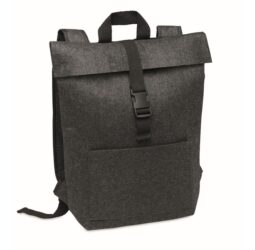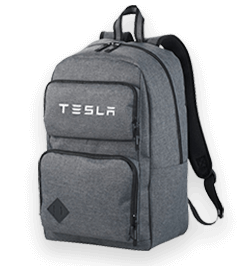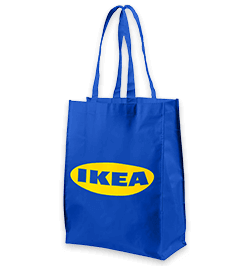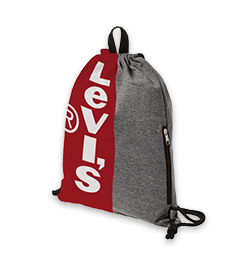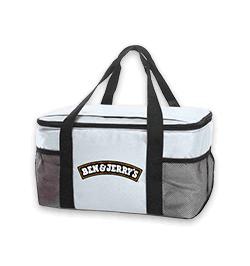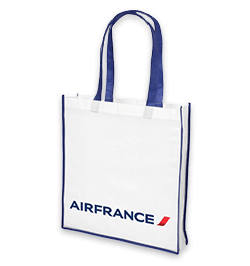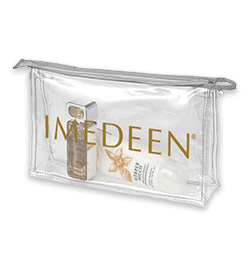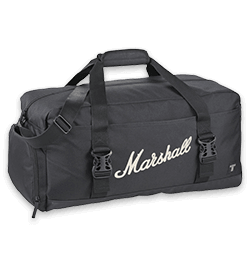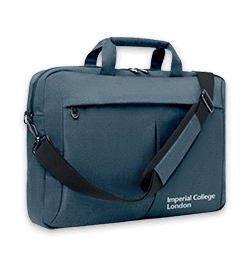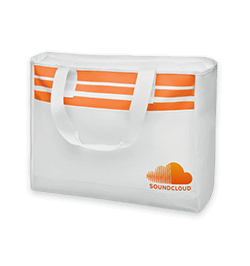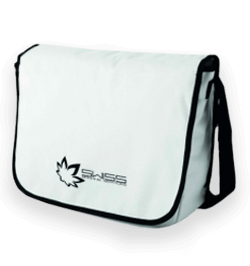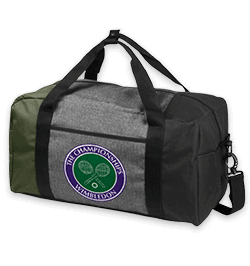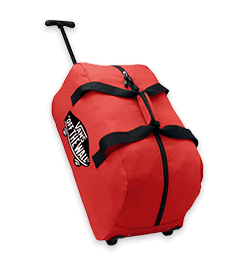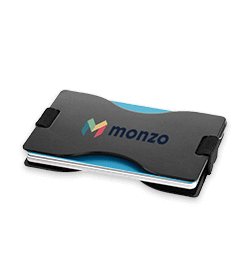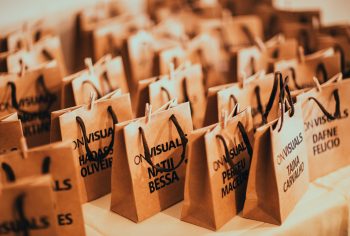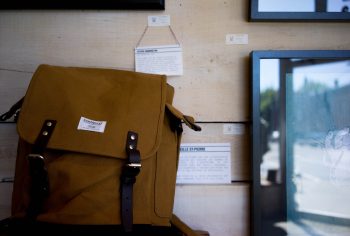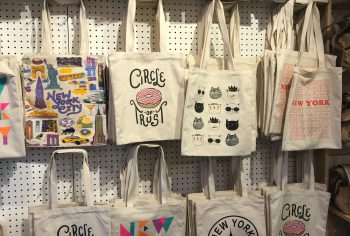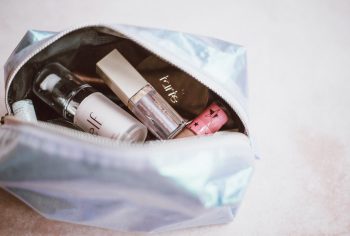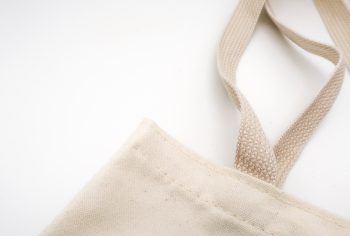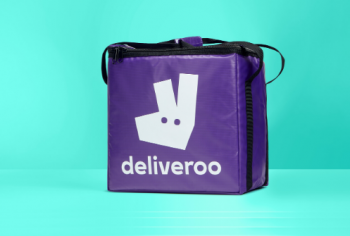5 Things to Consider Before Starting your Own Handbag Line
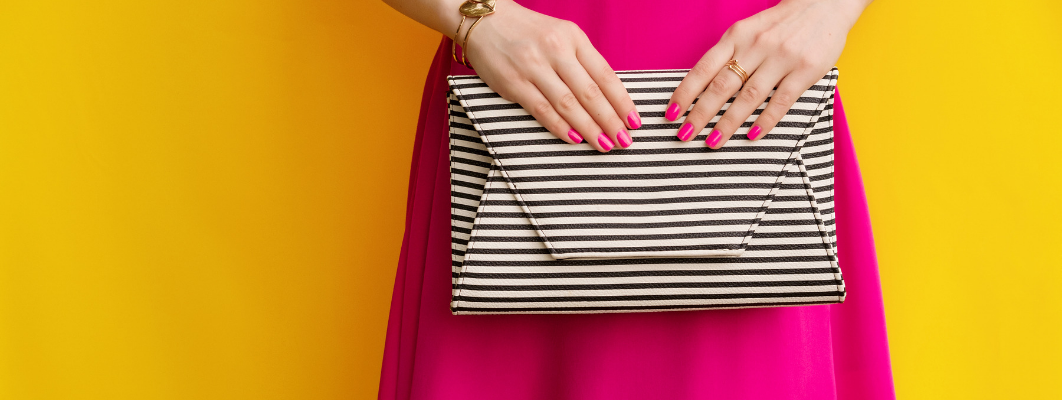
Are you planning to launch your own bag line? If you answered yes, you’ve made a smart choice. Unique, fashion-forward bags and accessories are having quite the moment, and we’re seeing stunning bags not just on the runway, but also for sale from individual makers on the high street and in small online shops.
While starting your own bag line can be a profitable passion project, it does require significant planning to get it right. In this post, we share our top five things to consider when planning to launch your own line. We hope it helps you nail the execution of your new venture.
Determine a Price Point
Early on, ask yourself what your price point will be. This is the ideal retail price of your bag for your given customers. Once you have a price point, you can determine how much budget you have for manufacturing to still turn a profit, which may ultimately determine the feasibility of creating your own bag line.
Research is your best approach to determine your price point. Search for similar products on a range of sites, including Etsy and Amazon as well as other large stores, both online and in retail locations. To help you keep track of things, we suggest creating a spreadsheet in your business plan with research findings like name and website of your competitor and details on their bag style, customer and price. All of this information may be useful down the road to identify and expand into untapped markets or to invest in marketing and advertising to differentiate your bags.
Tip: Don’t select the highest price you see, but also don’t undervalue your product and establish a price point that’s too low. This is also something you can adjust over time as you sell more bags and get a sense of which products – and prices – are most popular. For example, we wrote an earlier post about the return of the bum bag and featured different bags ranging from $69 to $340. But we also see many fun styles available for around £15 (like below). When in doubt, think about your ideal customer and how much you think they would spend on your bag.
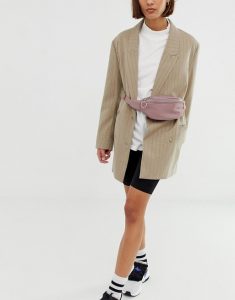
Credit: Asos
Who will manufacture your custom bag?
Once you know your price point, you’ll need to figure out how you’re going to manufacture your bag. While production is one of the last steps of the bag design process, choosing the right manufacturer is a critical component for delivering a professional product. A high-quality manufacturer will meet your standards for craftsmanship, cost and delivery. An inferior manufacturer could end up costing you time and money.
We suggest asking these four questions to help you identify the best bag manufacturer for your burgeoning business:
- Is there a minimum order quantity?
- Does the manufacturer offer design assistance? Is this a free service?
- What are the options for custom materials and design features?
- What happens if I’m unhappy with the final product?
Lastly, be sure to look for manufacturers who can provide ongoing advice throughout the entire bag design process. Also, be sure you have an option to get a sample.
What material will you choose?
Another consideration that will impact both your manufacturing cost and your price point is material. Will your bag be made of leather, PVC, cotton fabric or something else? The good news is, you have many options available and once you get up and running you can experiment with various materials and embellishments.
When deciding on the material, consider your typical customer and how they will be using the bag. For example, if you’re designing a luxury handbag, you’ll want to select a sturdy, long-lasting, and high-quality material such as leather. On the other hand, if you’re designing a custom tote, you might opt for cotton fabric, so that’s it’s easily foldable for when its not in use.
Fittings, Hardware and Oh-So-Special Details
Don’t forget the details! Consider what kinds of zippers, metal fittings and any other special details you’d like to add to bring your bag design to life. For example, will you use a zipper or a flip lock to close your bag? Or maybe you’ll opt for a magnetic snap.
To help you better understand the fittings and hardware required, here are a few things to consider:
- What type of closures does your bag require (zippers, clasps, locks, etc.)?
- What kind of handles or straps will your bag have?
- If your bag has straps, how will they be connected?
- Will your bag include a hanging tassel or keyring?
- Does your bag require purse feet?
If you’re feeling overwhelmed with your choices, not to worry, our experienced team is here to help. We can help you choose the best fittings and hardware to suit your custom bag design.
The type of finish you choose for your bag hardware will also impact the final design. Common types of finishes include brass, gold, and nickel. However, you also can customise your finishes to make a bold statement with your bag.
Retailing: Where will you sell your bags?
Lastly, and most importantly, where are you going to sell your bags once they’ve been made? As you develop a business plan for your bag line, think about how you’ll take your bags to market. Think back to your niche and your customer. Where are they likely to shop? Online or in person at retail locations or both?
For easy entry into online sales, consider existing marketplaces like Etsy, Not on the High Street, Amazon Handmade and Shopify. For retail sales, would your bags appeal to people perusing booths at local festivals? This might be an easier entry point than trying to purchase or partner with major retailers, at least until you’ve established your business a bit more.
We hope this post provides some helpful considerations as you launch your bag line. What other questions do you have? We’d love to hear about your vision and plans and offer additional tips to get you up and running with your brand-new bag line today!

